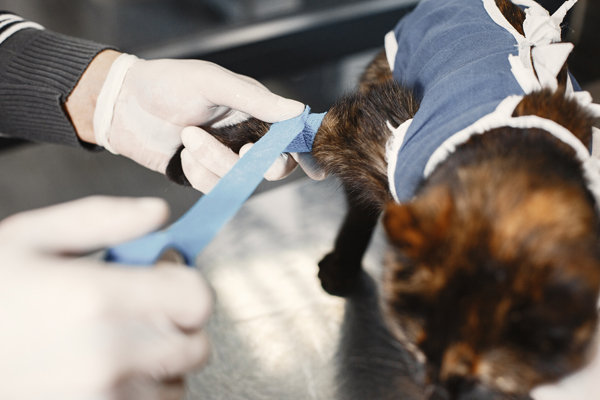
We’ve all been tempted to sneak a morsel of meat to our wide-eyed, lip-licking, four-legged best friend under the table at dinner time. But are we doing more harm than good in giving them leftovers?
Animal Medicines Australia research reveals that a quarter of dog owners and one in ten cat owners give their pets leftover human food. Women are pegged as the main culprits of feeding table scraps to canine friends, particularly those in larger households and owners of medium-sized dogs.
But of course, the question remains… should we, or shouldn’t we? While overfeeding our pet-pals leftovers or making it a daily occurrence can have negative effects, Dr Simone Maher has said that it’s ok to give our pets leftovers if it’s more of a treat on a special occasion.
Of course, there are things we must consider when giving our pets leftovers. Specifically, if the food contains ingredients that are toxic to animals, such as onions, chocolate, macadamia nuts, caffeine, sultanas and grapes.
Studies suggest that more education and information needs to be available for pet owners to learn about the quantities and types of foods pet owners are feeding their pets.
When leftovers become a daily meal for pets or added to their meal routine, this can have significant health impacts, including leading to obesity, diabetes or pancreatitis.
Many of us want to share celebratory meals with our fur friends. Occasions such as Christmas, birthdays and New Year’s are all times when excess food might make it to Benny’s dog bowl. However, rich, fatty foods can’t always be handled by the gastrointestinal systems of our pet friends, which can lead to pancreatitis – a severe inflammatory disease.
When you notice that your fur-friend has increased in kilos and needs to go on a diet, eliminating the routine of feeding them leftovers is usually a good place to start. Speak with your vet about following a calorie-controlled diet that suits your pet’s breed and size to ensure they are on track for a healthy, long life.
Always seek advice from your vet if you have any health concerns about your pet.
When engaging a pet sitter, ensure all health-related information is shared and outlined to the pet sitter before they start the position to ensure your pet can keep to their usual routine.
Sources:
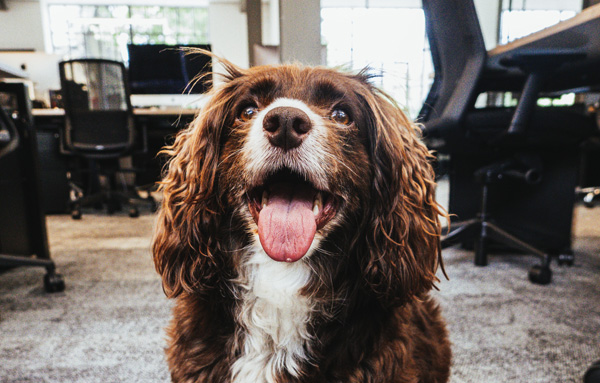 When a typical day in the office includes preparing for several meetings, mountains of paperwork and deadlines to meet, consider how the presence of the wagging tail of your furry friend might be an instant mood booster for your workday.
When a typical day in the office includes preparing for several meetings, mountains of paperwork and deadlines to meet, consider how the presence of the wagging tail of your furry friend might be an instant mood booster for your workday.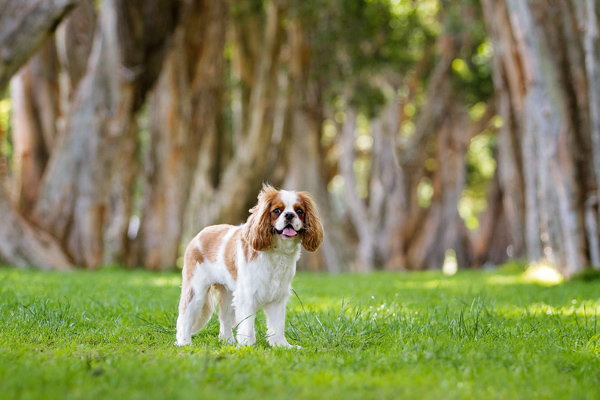

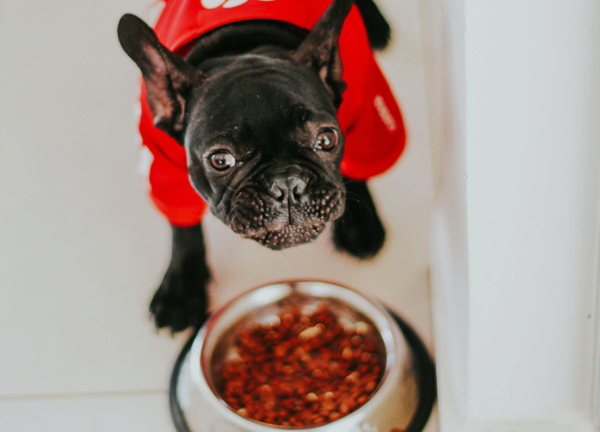 Our pets can have the most bizarre eating habits. Some prefer certain textures and flavours over others, and some choose to ingest things you rather they wouldn’t. We’ve listed tips from
Our pets can have the most bizarre eating habits. Some prefer certain textures and flavours over others, and some choose to ingest things you rather they wouldn’t. We’ve listed tips from 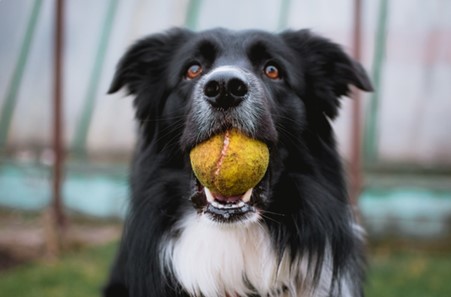



 From the seaside to the mountain tops – these are just some of the places that will be drawing Australians to visit, stay and have pet-friendly fun this summer. Whether it’s cooling off at the beach, reserve or in the high mountainous altitudes, there’s always an abundance of choices when it comes to touring Australia. The best part? With pets being a member of the family in a majority of Australian households, our four-legged friends are also welcome to sightsee, frolic and enjoy our country’s natural wonders.
From the seaside to the mountain tops – these are just some of the places that will be drawing Australians to visit, stay and have pet-friendly fun this summer. Whether it’s cooling off at the beach, reserve or in the high mountainous altitudes, there’s always an abundance of choices when it comes to touring Australia. The best part? With pets being a member of the family in a majority of Australian households, our four-legged friends are also welcome to sightsee, frolic and enjoy our country’s natural wonders.